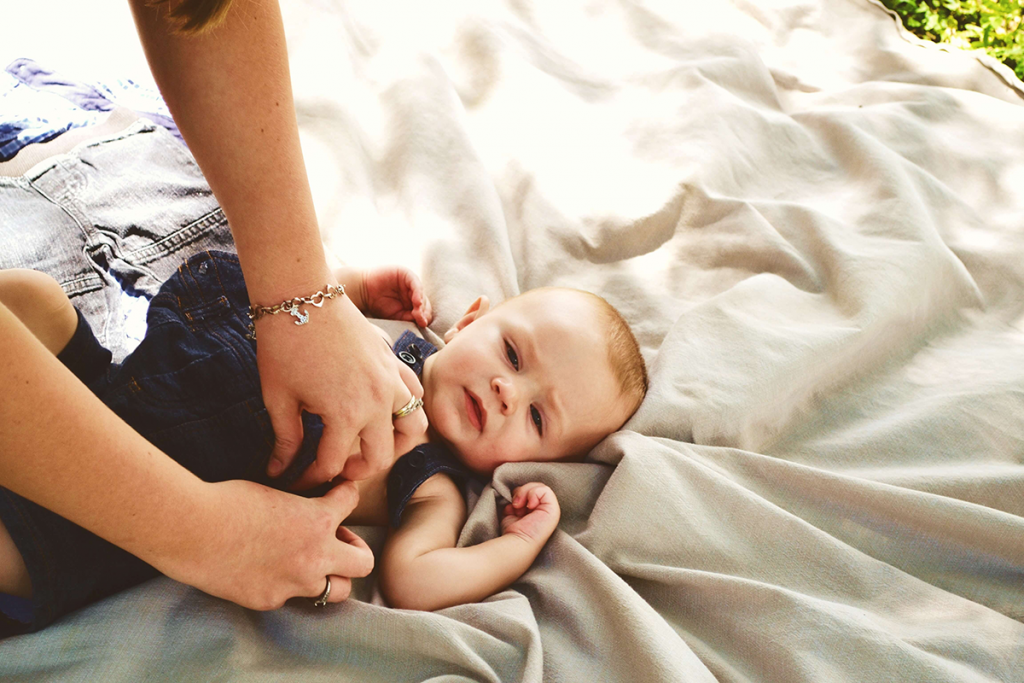
It’s been said that women can do anything—like run a Fortune 500 company or for president of the United States—and according to one study, that might even include having babies without men in the future.
Researchers at the Chinese Academy of Science reported last year that by editing the genes of stem cells from just female mice, they were able to create 29 healthy baby mice, who then went on to have mouse babies of their own.
The successful experiment gives hope to infertile men and same-sex couples that they could produce a biological child.
“It would mean that heterosexual couples where the man has low-quality sperm, and women couples, can have their own genetic child,” Australian fertility expert Dr. David Molloy told the Courier-Mail. “I think it will be possible to fertilize an egg with a set of half chromosomes and targeted gene editing.”
So, just how did scientists make a mouse baby without a dad?
Sexual reproduction occurs in mammals using a genetic mechanism called genomic imprinting, which also prevents same-sex reproduction. Scientists employed a new genetic engineering method using haploid embryonic stem cells, which contain half the number of chromosomes that other cells do. Because mammals—unlike some reptiles, fish and birds—can only reproduce using cells from the male and the female, scientists chose to merge two haploid cells to mimic the way reproductive cells come together to create a fetus.
“We were interested in the question of why mammals can only undergo sexual reproduction,” Qi Zhou, researcher at the Chinese Academy of Sciences, said in a news releases. “We tried to find out whether normal mice with two female parents, or even mice with two male parents, could be produced using haploid embryonic stem cells with gene deletions.”
Of the 209 embryos produced using just female cells, 29 healthy pups were produced, or a 14 percent success rate. Of those baby mice, seven went on to have their own pups.
Experiments using male cells were less successful. Attempts to produce mouse pups with two dads yielded two babies—from 500 embryos—and both died within 48 hours. That’s about a 2.5 percent success rate for the male cells.
Is this good news for infertile men?
Some researchers are quick to point out they don’t think they would ever be able to use this technique to develop human embryos.
“Most, if not all, of the embryos that they developed were still abnormal and could not survive,” Jacob Hanna, a molecular geneticist at the Weizmann Institute of Science in Rehovot, Israel, told Nature.
“I don’t think it’s going to lead to people genetically having two mothers or two fathers as a routine thing,” says Allan Spradling, a reproductive biologist at the Carnegie Institution for Science in Baltimore, Maryland. “We don’t understand it well enough, and it might be too risky to take it that far.”
But many other experts see the research as the tip of the iceberg in finding ways to reproduce using same sex reproductive cells, like Dr Teresa Holm of the University of Auckland, who told the Daily Mail that she thought the technique could one day allow gay couples to reproduce a child sharing both parents’ DNA.
In the meantime, for men who are concerned about infertility, SpermCheck is an over-the-counter kit that lets you test your sperm count quickly and accurately in the comfort of your home.
One hundred years ago, putting a man on the moon—or even a woman in the White House— would have seemed impossible. Maybe in 50 years scientists will have refined this reproductive technique to let everyone, men and women, have the opportunity to have a biological child.
“This research shows us what’s possible,” said researcher Wei Li.



